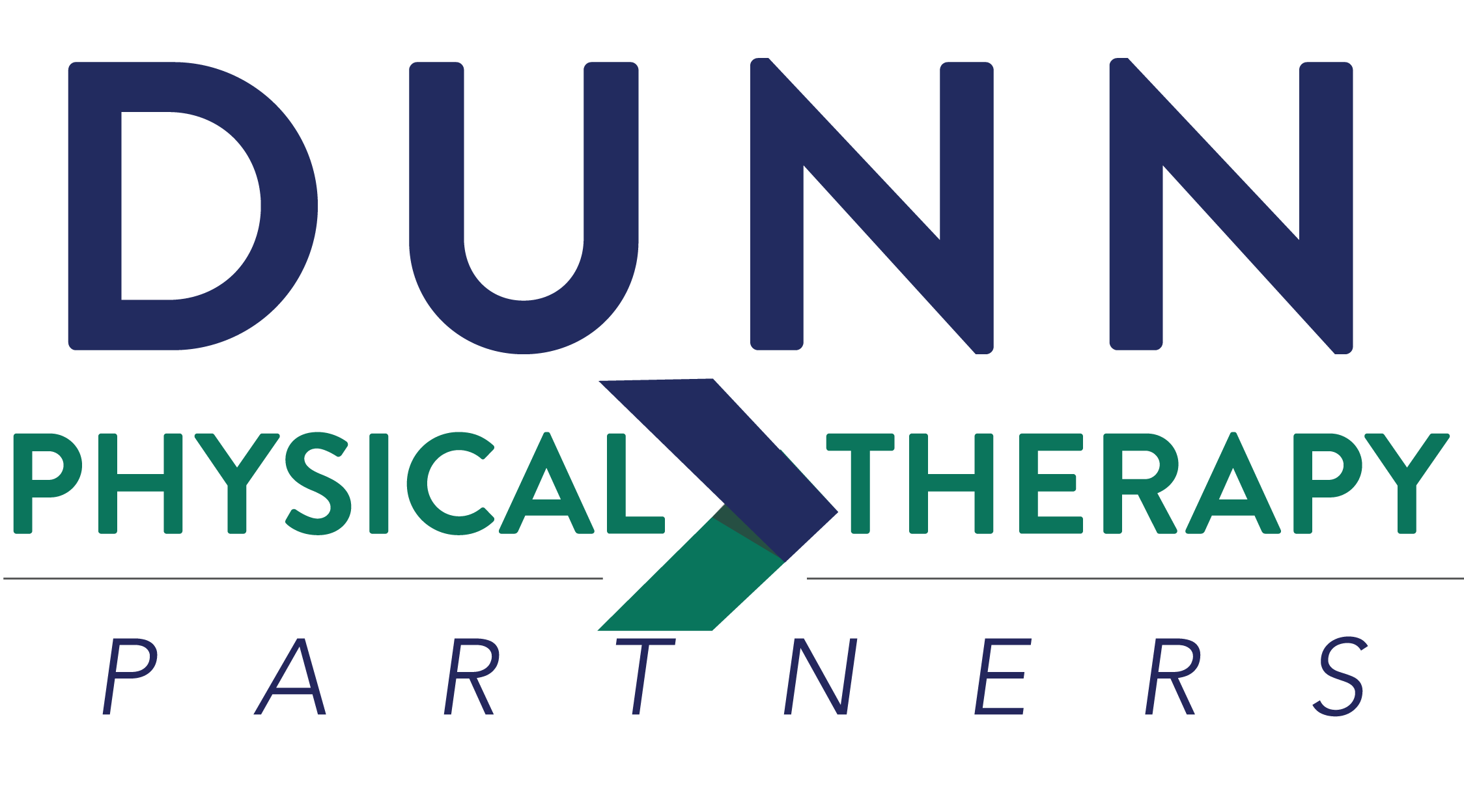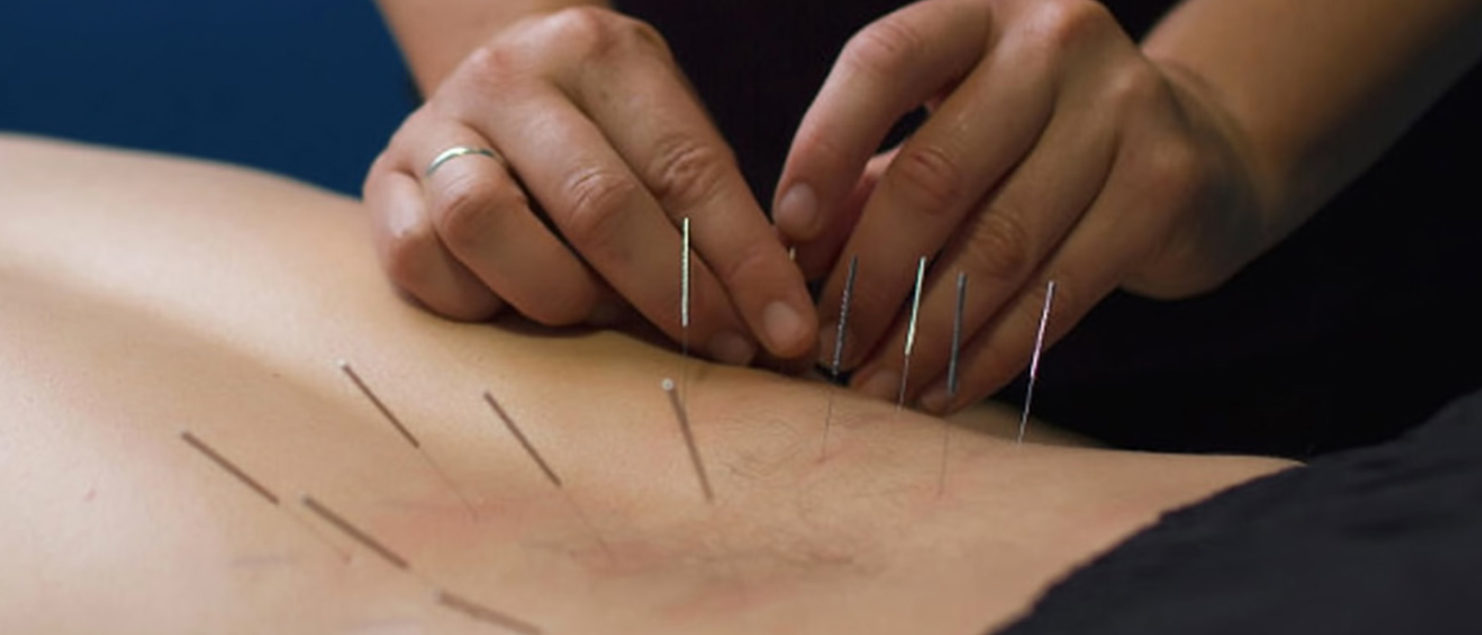The Benefits of Dry Needling for Pain Relief
Dry needling is a technique used by our physical therapists to relieve pain and improve muscle function. It involves inserting thin, solid filiform needles into trigger points (knots in muscles) or other areas of muscle tension. Here are some of the key benefits of dry needling for pain relief:
Pain Reduction:
-
- Trigger Point Deactivation: By targeting and deactivating trigger points, dry needling can help reduce localized pain.
- Endorphin Release: The insertion of needles can stimulate the release of endorphins, the body’s natural painkillers.
- Neurotransmitter Modulation: It can affect neurotransmitter levels, altering the way pain is perceived by the brain.
Improved Muscle Function:
-
- Release of Muscle Tension: Helps in releasing tight muscle bands, improving range of motion and muscle flexibility.
- Enhanced Blood Flow: Increases blood circulation to the affected areas, promoting healing and reducing inflammation.
- Neuromuscular Re-education: Helps reset muscle firing patterns, improving coordination and strength.
Faster Recovery:
-
- Reduced Inflammation: Decreases inflammation in the targeted areas, aiding in quicker recovery from injuries.
- Tissue Repair: Promotes the body’s natural healing processes, leading to faster tissue repair.
Addressing Chronic Conditions:
-
- Chronic Pain Management: Effective in managing chronic pain conditions such as fibromyalgia, myofascial pain syndrome, and tension headaches.
- Post-Surgical Recovery: Can be used as part of rehabilitation to reduce post-surgical pain and improve functional outcomes.
Enhanced Mobility and Function:
-
- Increased Range of Motion: By relieving muscle tightness and joint restrictions, it can enhance overall mobility.
- Functional Improvements: Helps in restoring normal muscle function, which can improve daily activities and athletic performance.
Non-Pharmacological Approach:
-
- Reduced Medication Dependence: Offers a drug-free alternative for pain management, reducing the need for pain medications and their potential side effects.
- Minimally Invasive: While involving needles, the procedure is minimally invasive and generally well-tolerated.
Conditions Treated with Dry Needling
- Musculoskeletal pain (e.g., back pain, neck pain)
- Sports injuries
- Joint pain (e.g., shoulder pain, knee pain)
- Tendinitis
- Headaches and migraines
- Temporomandibular joint (TMJ) disorders
- Plantar fasciitis
Dry needling can be a beneficial component of a comprehensive pain management and rehabilitation plan. If you’re considering this treatment, consult with a healthcare provider to determine if it’s appropriate for your specific condition.

